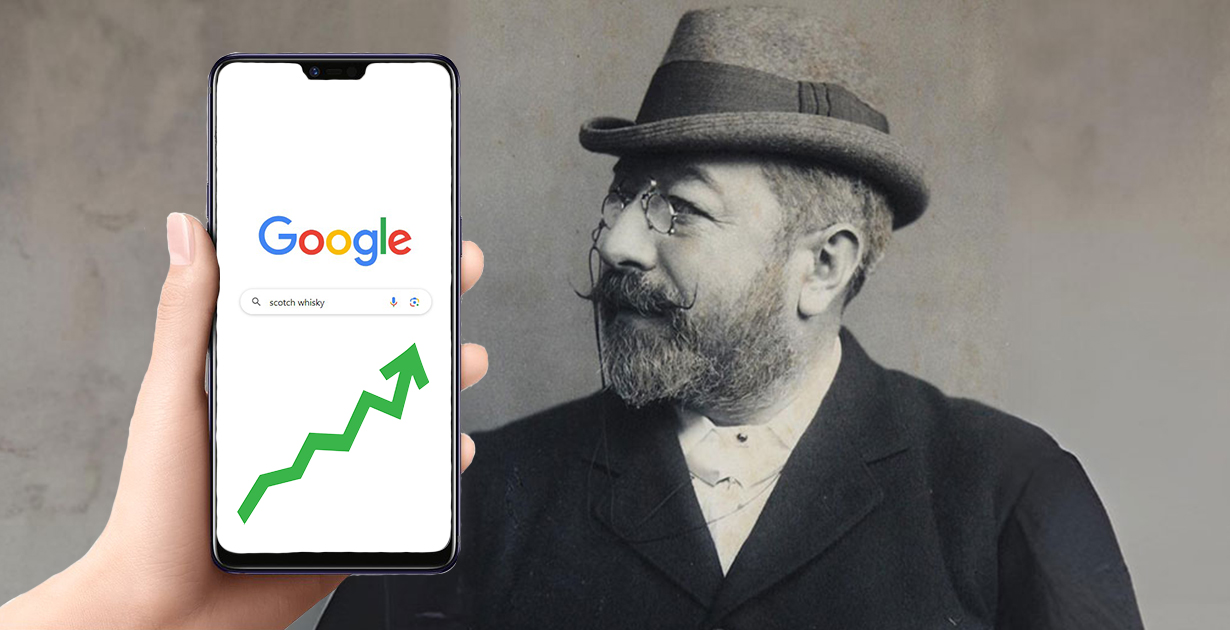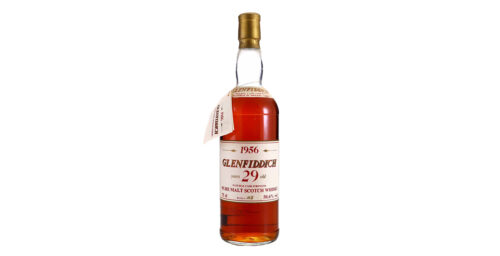In the modern day, scotch whisky is, without doubt, Scotland’s most important export. In the 200 years since the implementation of the 1823 Excise Act, the whisky industry has grown into a worldwide phenomenon. It seems strange to think, then, that there was a time in history when the art of distilling and whisky-making was somewhat alien even to the population of Great Britain.
That all changed in 1887 with the publication of The Whisky Distilleries of the United Kingdom by Alfred Barnard. This book is considered one of the foremost works on scotch whisky, bringing the secrets of the Scottish Highlands to the wider population, and educating the public about the water of life.
Whisky: The New Brandy?
Brandy was, for a long time, the preferred drink amongst the upper classes of England. However, in the mid-late 19th century, vineyards across Europe – particularly in France and Spain – were decimated by the phylloxera epidemic. Small insects called grape phylloxera devastated the wine-producing regions of Europe. As a result, wine, brandy, and cognac were in extremely short supply.

Whilst this was devastating for the industries mentioned above, it turned out to be a golden opportunity for scotch, which subsequently saw a growth in popularity. This popularity, coupled with the frantic building of further distilleries in Scotland, strengthened the scotch industry’s standing.
Nevertheless, the English were not well educated about scotch whisky, and somebody needed to take responsibility for informing the public about the obvious substitute for brandy that was gaining favor.
Alfred Barnard’s Early Life
Alfred Barnard was one of eight children born to a grocer and a draper based in Essex in 1835. Not much is known about Barnard’s childhood. He moved to London at the age of 22 and married Fanny Ruffle, with whom he had three children.
In the proceeding years he worked as a toilet soap exporter and then a merchant. Finally, in 1881, a census listed his occupation as a “gentleman”, suggesting that he owned his own business. We now know that this business was an advertising agency that looked after those in the wine and spirits industry. That same year, he found work with Harper’s Weekly Gazette and began his career as a writer focusing on wine and spirits.
As such, when the phylloxera outbreak ravaged the vineyards of Europe, an opportunity arose for a writer to travel around the United Kingdom and chronicle each of the whisky distilleries in the country. Alfred Barnard was the perfect man for the job. So, in 1885, he set out on his whisky distillery tour of the United Kingdom.
Alfred Barnard’s Whisky Tour of the United Kingdom

The landscape of Scottish distilleries was very different in the late 1800s in comparison to the modern day. Campbeltown, for example, was home to an astonishing 21 distilleries rather than today’s three (for a long time, Campbeltown was considered the Whisky Capital of the World due to the high concentration of distilleries in the area). In addition, Speyside was home to only around 20 distilleries, as the building boom was still taking place.
Barnard’s journey took him, first, to Glasgow. From there he traveled to Campbeltown and chronicled the hustle and bustle of working life in, what Barnard himself called “Whisky City”. There, he visited distilleries such as Hazelburn, Springbank, and Glengyle. This took approximately two weeks, and from there Barnard ventured to Islay (Laphroaig, Ardbeg), Oban, and the Outer Hebrides.
Following a brief respite in London, Alfred Barnard again travelled north to Thurso, and then to Orkney. On his return to the mainland, he visited several distilleries in the Highlands including Clynelish, Dalmore, and Glendronach. Then, Barnard traveled to Speyside, where he spent days winding through glens and valleys to visit the distilleries dotted along the River Spey. His journey back south took him along the east coast, down to Edinburgh, and into the Lowlands. He also visited 29 distilleries in Ireland and four in England during his trip.
Alfred Barndard’s tour took around two years. The resulting work, The Whisky Distilleries of the United Kingdom has gone down in history as one of the most important books ever written about whisky. But why has this book, which reads somewhat like a travel diary, become so prized and influential amongst whisky enthusiasts?
A Lasting Legacy
Whilst some might view Barnard’s magnum opus as nothing more than a travel book, the work actually provides some valuable and fascinating insights into whisky distilling in the 19th century. Even today, whisky connoisseurs and experts swear by Alfred Barnard’s book, as Mark does in our latest YouTube video.
The book is filled with vivid descriptions of each distillery, insights into the whisky-making process, and detailed engravings showing us exactly what the distilleries looked like in the 19th century.
Moreover, The Whisky Distilleries of the United Kingdom is extremely useful as a historical reference text. Barnard spent pages and pages describing distilleries that are no longer in operation. As such, his detailed perceptions of these distilleries mean that, almost 140 years later, whisky historians have a reliable source of information on old and lost distilleries.
It also contains references to long-since-dead distilling practices. This was before the time of huge parent companies, so each distillery was as self-sufficient as possible. Equipment and distillery buildings such as cooperages, stables, and employee housing are no longer in use at most modern distilleries. This was a fledgling industry on the cusp of change. Barnard’s book is the perfect snapshot of an industry on the rise.

Barnard’s works serve to show us how far the whisky industry has come. Today, of course, scotch is a multi-billion-pound industry. The Whisky Distilleries of the United Kingdom provides us with a window to the past, before whisky was at the forefront of the luxury market, back when it was a simple drink for the middle and upper classes.
From a historical perspective, at the time that the book was published, it meant a great deal for the development of the scotch whisky industry. It introduced the process of whisky-making to the masses and helped to boost the popularity of the spirit.
The lasting impact of The Whisky Distilleries of the United Kingdom is hard to overstate. Alfred Barnard’s work was the first of its kind and continues to hold value for whisky connoisseurs in the 21st century.
Must-Have Whisky Books
Many whisky books are must-haves for those interested in whisky. From history to collecting and investing, the books outlined in our new YouTube video tell you everything you need to know about whisky.









